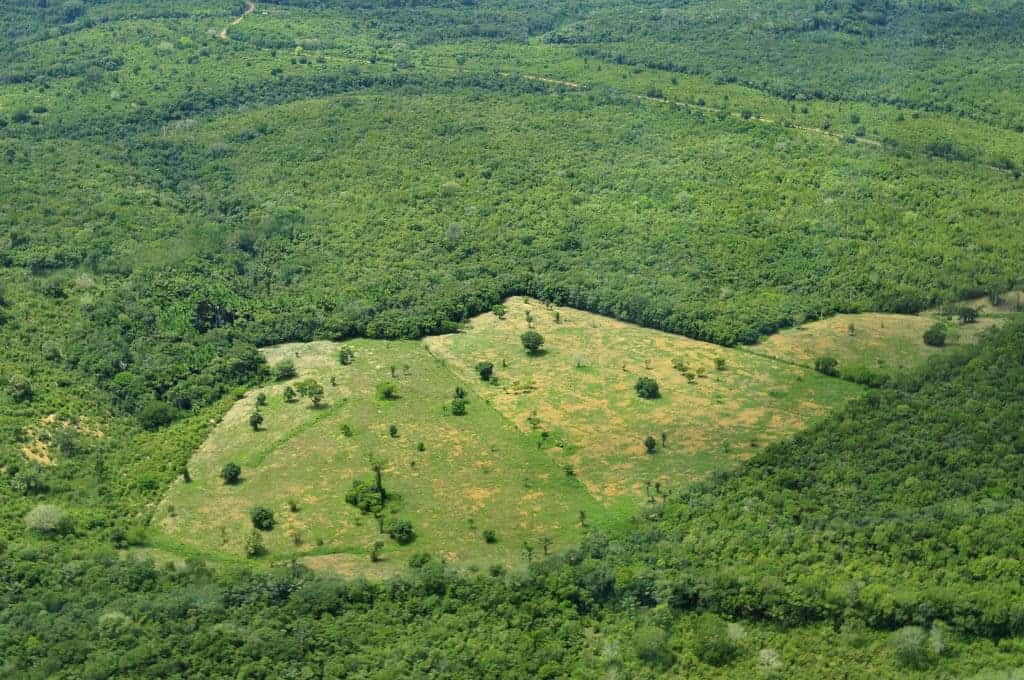Since 2008, Norway has been offering financial support to Brazil (over $1.1 bn), in order for the latter country to preserve its rainforests and fight deforestation. Amidst rampant corruption, an impeached president, and a clear divide between what people want and what politicians want, the country seems unable (or unwilling) to respect its commitment. In response, Norway issued a blunt warning: stop what you’re doing and fast, or we’ll cut off the money.

The Scandinavian country committed to efforts not only to reduce its own carbon footprint but also to make an external, international contribution; and it works. Although deforestation in Brazil is at alarming levels, it’s much lower than the 19,000 sq km of cleared rainforest seen in 2005 alone. For a time, deforestation rates were going lower and lower, but now, they are on the rise again.
In a forthright letter to Brazil’s environment minister, José Sarney Filho, seen and quoted by the Guardian, Vidar Helgesen, Norway’s environment minister, expressed his concerns. Helgesen went further, saying that if trends continue, Norway will cut the funding.
“In 2015 and 2016 deforestation in the Brazilian Amazon saw a worrying upward trend.” He warned that this had already reduced Norway’s contributions and added: “Even a fairly modest further increase would take this number to zero,” Helgesen wrote.
At the core of this problem lies the fact that Brazilian authorities removed protection from large areas of the Amazon, weakening the licensing required for deforestation and agricultural implementation in rainforest environments. These issues are tightly connected with corruption scandals, bribes, and the threatening (sometimes killing) of indigenous people.
Annual deforestation in Brazil jumped by 29% to 8,000 sq km in 2016, dangerously close to the 8,500 sq km limit agreed by Brazil and Norway. Norwegian concerns are easy to understand — if the trends from past two years continue, the limit will certainly be crossed. The budgetary cuts to the environment ministry and other departments that protect the Amazon add even more reasons to worry.
Sometimes referred to as the “lungs” of the earth, the Amazon’s 390 billion trees absorb 1.5 gigatons of carbon dioxide a year; they also host the world’s largest biodiversity hotspot. This entire basin encompasses 7,000,000 square kilometres (2,700,000 sq mi), of which 5,500,000 square kilometres (2,100,000 sq mi) are covered by the rainforest. Not all of it is in Brazil — the country hosts 60% of the rainforest, giving it the largest responsibility.


